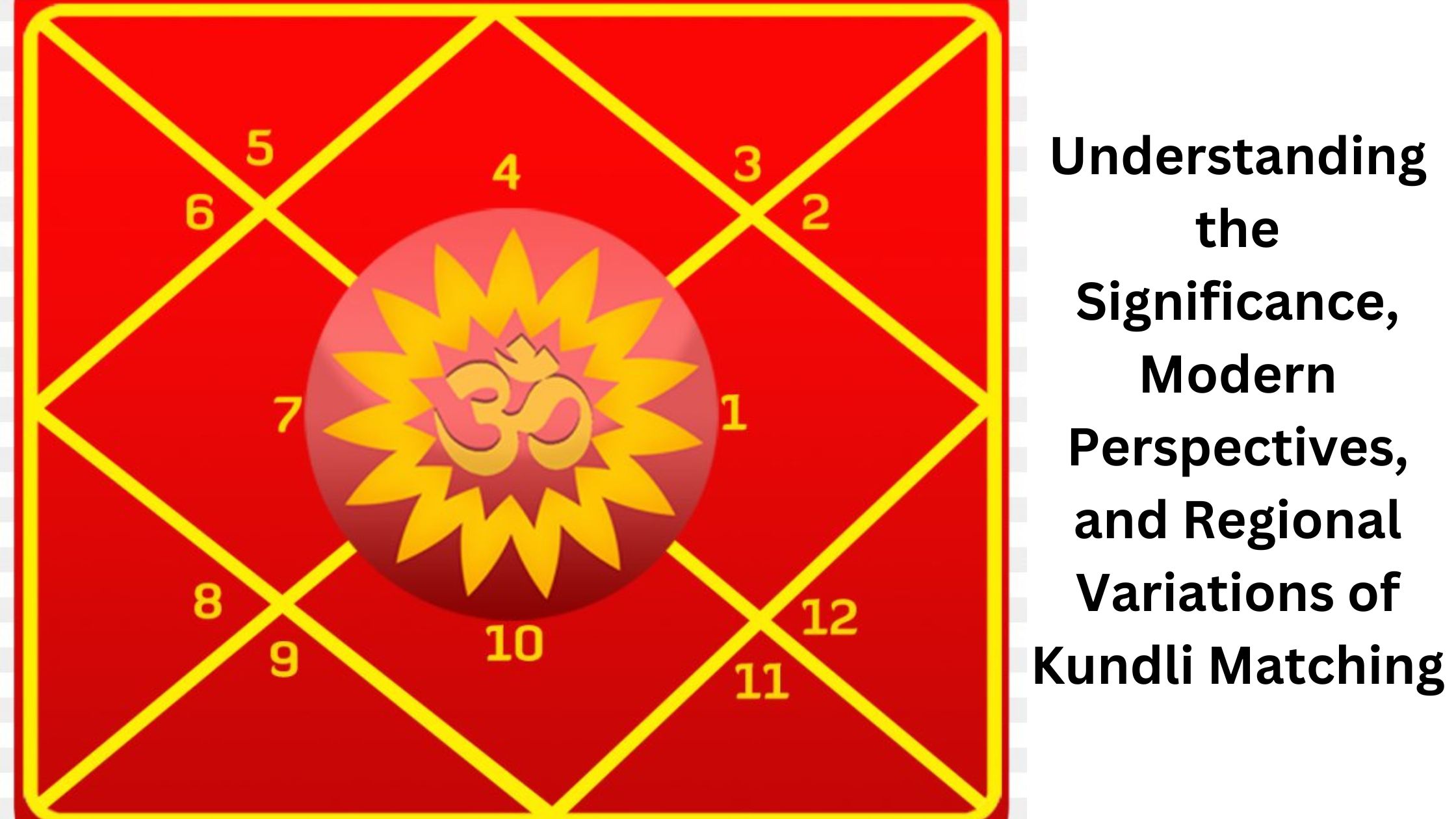Lifestyle
Understanding the Significance, Modern Perspectives, and Regional Variations of Kundli Matching

In the vast tapestry of Indian culture, where traditions are interwoven with the fabric of everyday life, Kundli Matching stands as a time-honored practice, guiding couples towards the celestial alignment of marital bliss. From the sanctity of ancient rituals to the dynamic shifts of modernity, the journey of Kundli Matching is a fascinating exploration of tradition, belief, and adaptation.
Delving into Tradition: The Significance of Kundli Matching
- The Cosmic Blueprint: At the heart of Kundli Matching lies the belief that each individual’s destiny is imprinted in the celestial arrangement at the time of their birth. The Kundli, or birth chart, is a map of planetary positions and cosmic energies that shape one’s life journey.
- Harmony in the Stars: Kundli Matching seeks to assess the compatibility between two individuals by analyzing their respective Kundlis. The alignment of planetary positions, known as Guna Milan, evaluates factors such as temperament, character, and longevity of the relationship.
- Ensuring Marital Harmony: The ultimate goal of Kundli Matching is to ensure marital harmony and longevity by identifying potential areas of conflict and compatibility. It serves as a guiding light for couples embarking on the sacred journey of marriage, offering insights into their shared destiny.
- Preserving Tradition: Kundli Matching is deeply rooted in the cultural ethos of India, passed down through generations as a sacred tradition. It reflects the reverence for astrology and the belief in the interconnectedness of cosmic forces with human life.
Bridging Tradition and Modernity: Modern Perspectives on Kundli Matching
- Adapting to Changing Times: In an era marked by rapid social and cultural change, the practice of Kundli Matching has evolved to embrace modern perspectives while retaining its core principles. Today, couples seek a balance between tradition and practicality, using Kundli Matching as a tool for informed decision-making rather than blind adherence.
- Empowerment through Knowledge: Modern couples approach Kundli Matching with a spirit of empowerment, seeking to understand the nuances of astrology and its implications for their relationship. Instead of passive acceptance, they actively engage with astrologers to decipher the complexities of their Kundlis and make informed choices.
- Exploring Alternative Paths: Alongside traditional methods, modern couples also explore alternative approaches to compatibility assessment, such as psychological compatibility tests and counseling. While Kundli Matching remains a revered tradition, it is complemented by contemporary methods that offer additional insights into relationship dynamics.
- Navigating Interfaith and Intercultural Relationships: In an increasingly interconnected world, Kundli Matching encounters new frontiers in the form of interfaith and intercultural relationships. Couples from diverse backgrounds navigate the intricacies of Kundli Matching with sensitivity to cultural differences, seeking common ground while honoring their individual beliefs.
Diverse Tapestry: Regional Variations in Kundli Matching
- North vs. South: The practice of Kundli Matching exhibits distinct regional variations across India, with differences in methodology, interpretation, and emphasis on specific astrological parameters. In the northern regions, Kundli Matching often prioritizes factors such as Guna Milan and Mangal Dosha, while in the southern regions, emphasis may be placed on compatibility of family backgrounds and cultural traditions.
- East vs. West: Similarly, the eastern and western regions of India showcase unique approaches to Kundli Matching influenced by local customs and traditions. In the east, Kundli Matching may incorporate rituals such as Gotra matching and ancestral lineage, whereas in the west, astrological parameters such as Nadi Dosha and Bhakoot Dosha may hold greater significance.
- Urban vs. Rural: Urbanization and globalization have brought about shifts in the practice of Kundli Matching, blurring the lines between rural and urban traditions. While urban couples may rely on online Kundli matching services and consultations with professional astrologers, rural communities often adhere to age-old customs passed down through oral traditions and family networks.
- Cultural Diversity: India’s rich cultural tapestry gives rise to a myriad of regional variations in Kundli Matching, shaped by factors such as language, religion, and caste. Each community brings its unique perspective to the practice, enriching the tradition with diverse interpretations and rituals.
Conclusion: Embracing Tradition in a Changing World
As we journey through the kaleidoscope of Kundli Matching, we witness the enduring power of tradition in shaping the course of human relationships. From the sanctity of ancient rituals to the dynamic interplay of modern perspectives, Kundli Matching continues to serve as a guiding light for couples embarking on the sacred journey of marriage. In its diverse tapestry of regional variations and cultural nuances, we find the beauty of India’s cultural heritage woven into the fabric of everyday life. As we navigate the crossroads of tradition and modernity, let us embrace the wisdom of the stars and the timeless legacy of Kundli Matching, bridging the past with the promise of tomorrow.

You must be logged in to post a comment Login